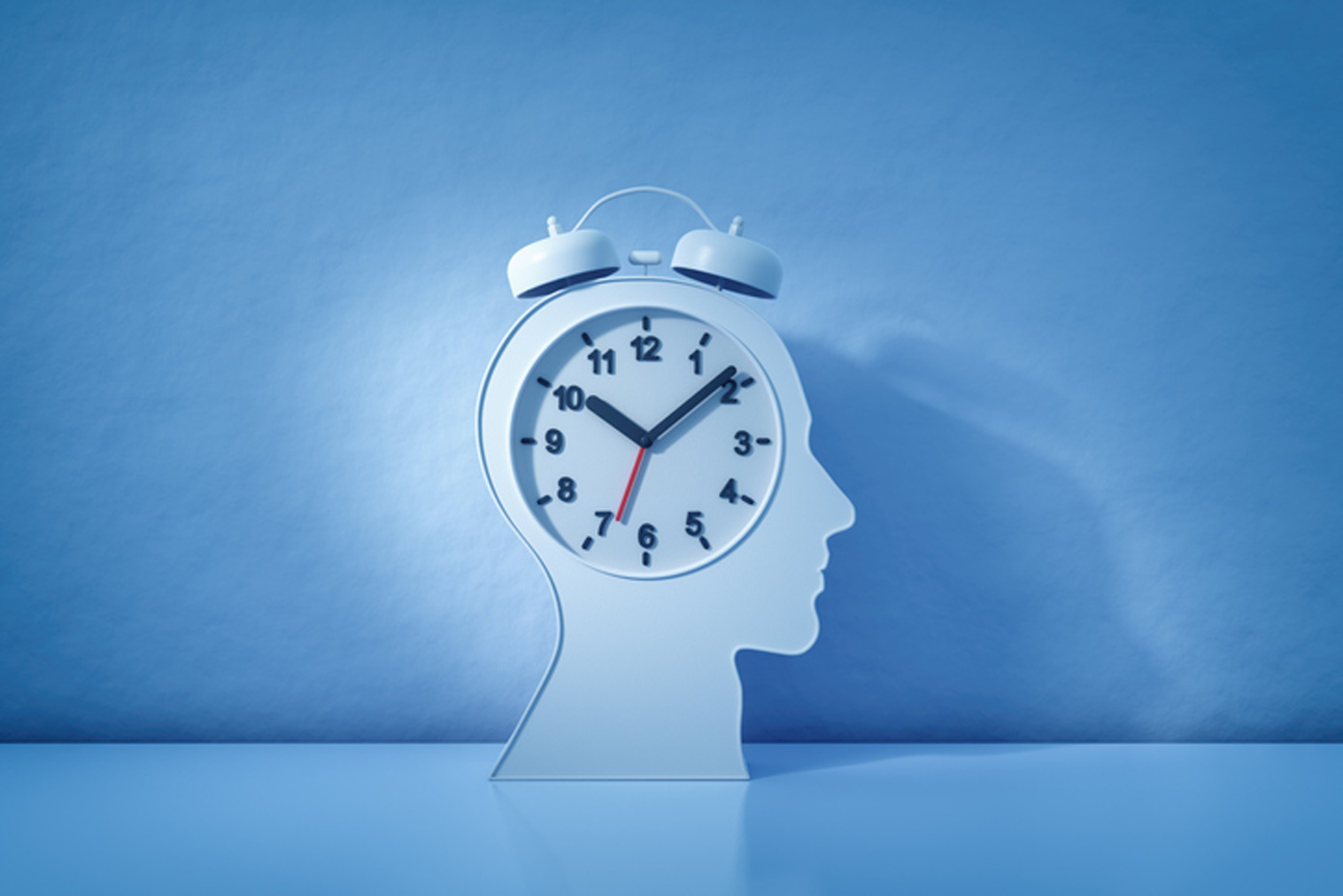Context
Sleep and circadian health disparities are persistent differences in sleep characteristics and circadian rhythms that have adverse outcomes and disproportionately affect vulnerable, marginalized, disadvantaged, minority, and minoritized populations. Inequalities in sleep duration, efficiency, timing, regularity, alertness, and quality are manifestations of and contributors to social injustice. Populations known to experience sleep and circadian health disparities include adolescents, indigenous people, refugees, asylum seekers, migrants, immigrants, racial and ethnic minorities, sexual and gender minorities, women, pregnant people, older adults, individuals with mental and physical illness or disabilities, some religious groups, the socioeconomically disadvantaged, the homeless, and those living in underserved rural areas (Billings et al Reference Billings, Cohen, Baldwin, Johnson, Palen, Parthasarathy, Patel, Russell, Tapia, Williamson and Sharma2021; Garbers et al Reference Garbers, Ancheta, Gold, Maier and Bruzzese2023; Huber et al Reference Huber, Kim, Chaix, Regan and Duncan2022; Moore et al Reference Moore, Gelberg, Soh, Alessi and Ijadi-Maghsoodi2023; Nandagiri et al Reference Nandagiri, Vannemreddy and Spector2023; Richter et al Reference Richter, Baumgärtner, Niklewski, Peter, Köck, Kellner, Hillemacher and Büttner-Teleaga2020; Roncoroni et al Reference Roncoroni, Okun and Hudson2022; Schneeberger et al Reference Schneeberger, Seixas, Schweinfurth, Lang, Cajochen, Bux, Richards, Jean-Louis and Huber2019; Yang et al Reference Yang, Jansen, Dunietz, Hirko, O’Brien and Kerver2023; Zarhin Reference Zarhin2023). A nascent literature has begun to identify potential psycho-social-cultural determinants of sleep and circadian health disparities including social categorization, social identity, intersectionality, social power structures, socio-structural constraints, social, political, and economic context, discrimination, prejudice, and cultural sleep values (Billings et al Reference Billings, Cohen, Baldwin, Johnson, Palen, Parthasarathy, Patel, Russell, Tapia, Williamson and Sharma2021; Grandner et al Reference Grandner, Williams, Knutson, Roberts and Jean-Louis2016; Majeno et al Reference Majeno, Molina, Frisard, Lemon and Rosal2023; Zarhin Reference Zarhin2023). Many other factors are yet to be discovered. Research that informs our understanding of the factors that contribute to sleep and circadian health disparities can lead to tailored approaches for specific populations that are sensitive to sociocultural contexts, thereby improving health throughout the world (Etindele Sosso et al Reference Etindele Sosso, Holmes and Weinstein2021).
Cambridge Research Directions Sleep Psychology seeks to publish research aimed at answering the question “How do psychosocial and cultural factors influence sleep and circadian health disparities?” Included are studies on the interplay of psychological, social, and cultural factors that contribute to sleep and circadian health disparities, the consequences of these disparities, and ways to mitigate them. Addressing sleep and circadian health disparities requires a multi-faceted and integrative approach that considers factors across levels, ranging from policy to individual, organizational to environmental, and family to neighborhood. Healthcare policies, workplace practices, and public health initiatives can all play a role in reducing these disparities and promoting better sleep and circadian health for all populations. Answering this question is critical to social justice efforts and sleep health efforts.
Submissions to this question will increase understanding of the underlying psychosocial, cultural, environmental, and concomitant biological factors that contribute to sleep and circadian disparities. Our overarching question encourages submissions that begin to address sleep and circadian disparities among minoritized and health disparity populations, inform our understanding of the mechanisms by which sleep and circadian disparities develop in minoritized populations, explain how sleep and circadian health disparities lead to disparities in health outcomes, improve sleep and circadian health by individualizing interventions within populations that experience health disparities, enable patient-centered approaches to prevent, diagnose, and treat sleep and circadian rhythm disorders, and invite improvements in policies that address sleep and circadian disorders in minority populations. Specific topic areas of interest to this question include, but are not limited to:
-
Understanding mechanisms of sleep and circadian health disparities in women and sexual and gender minorities across the lifespan.
-
The role of short- and long-term substance use in sleep and circadian health disparities.
-
Understanding the relative contributions of geolocation, light pollution, noise, environmental toxins, and neighborhood stress on sleep and circadian disparities.
-
Associations and mechanisms linking discrimination to sleep and circadian health disparities across marginalized groups.
-
Understanding mechanisms linking adverse childhood experiences and trauma to sleep and circadian health disparities across the life course.
-
Research on social and environmental determinants of disparities in sleep and circadian rhythms.
-
Intervention research for socioeconomically disadvantaged and rural populations.
-
Studies on sleep and circadian metrics (e.g., questionnaires) in populations experiencing disparities.
-
Psychological approaches to address sleep and circadian health disparities.
-
Research on characteristics of social and physical environments in schools, colleges, healthcare facilities, and workplaces that promote good sleep and aligned circadian rhythms.
-
Research on associations of sleep and circadian rhythms with mental health in underserved populations across all life stages.
-
Barriers to and facilitators for promoting equity in healthcare delivery for sleep and circadian disorders.
How to contribute to this Question
If you believe you can contribute to answering this Question with your research outputs, find out how to submit in the Instructions for authors. This journal publishes Results, Analyses, Impact papers and additional content such as preprints and “gray literature.” Questions will be closed when the editors agree that enough has been published to answer the Question so before submitting, check if this is still an active Question. If it is closed, another relevant Question may be currently open, so do review all the open Questions in your field. For any further queries check the information pages or contact this email sleeppsychology@cambridge.org.
Competing interests
The authors declare none.






